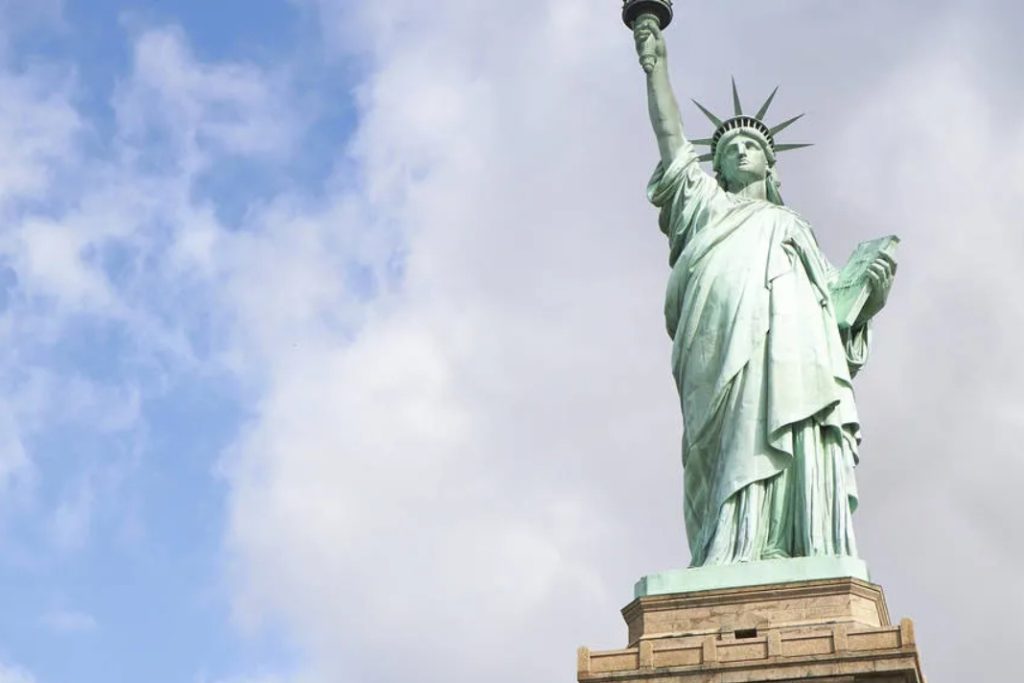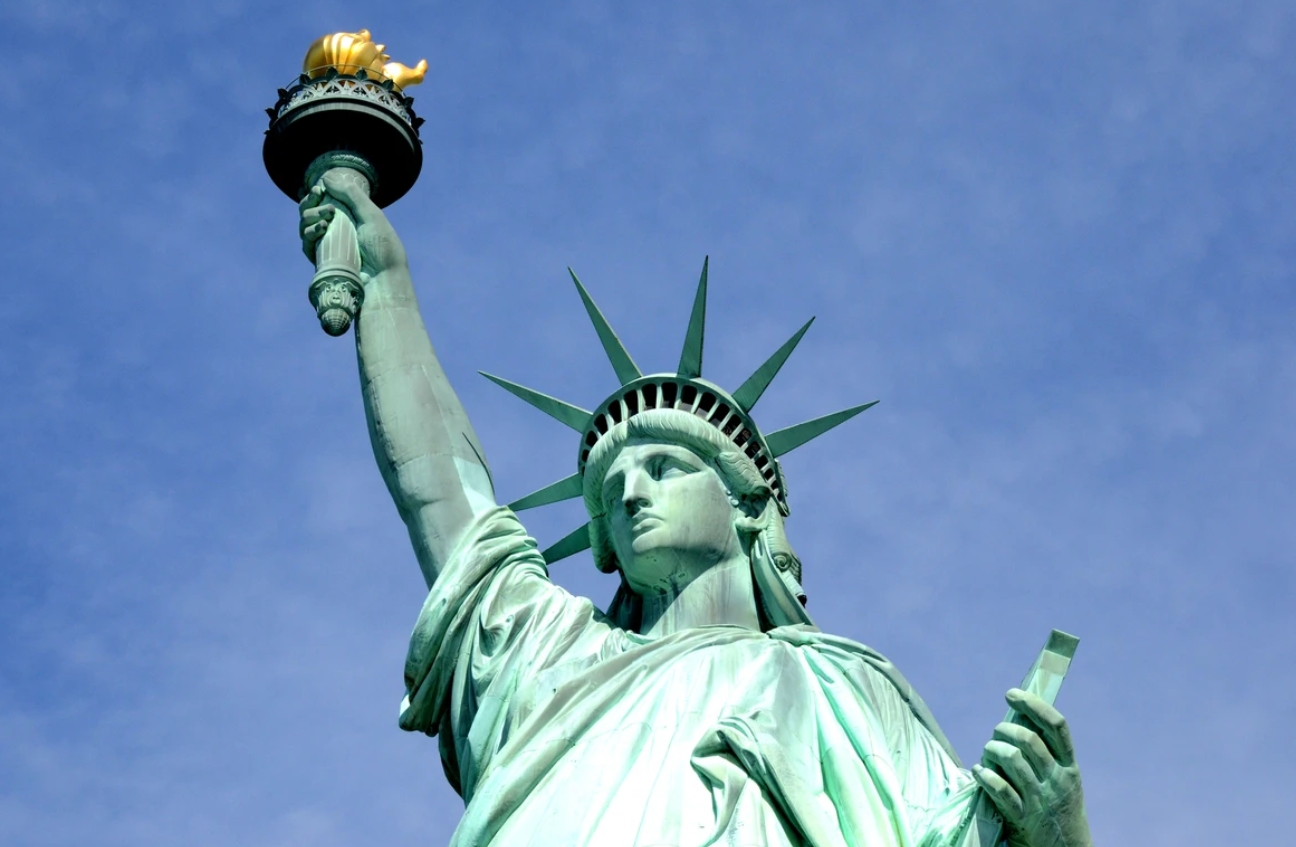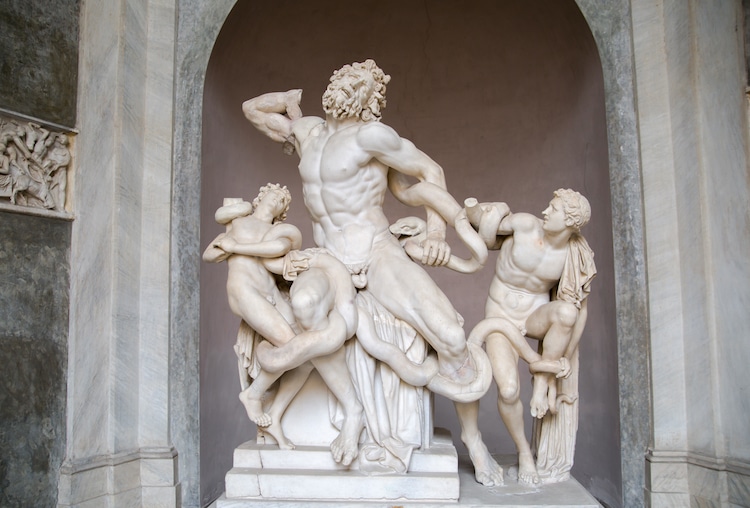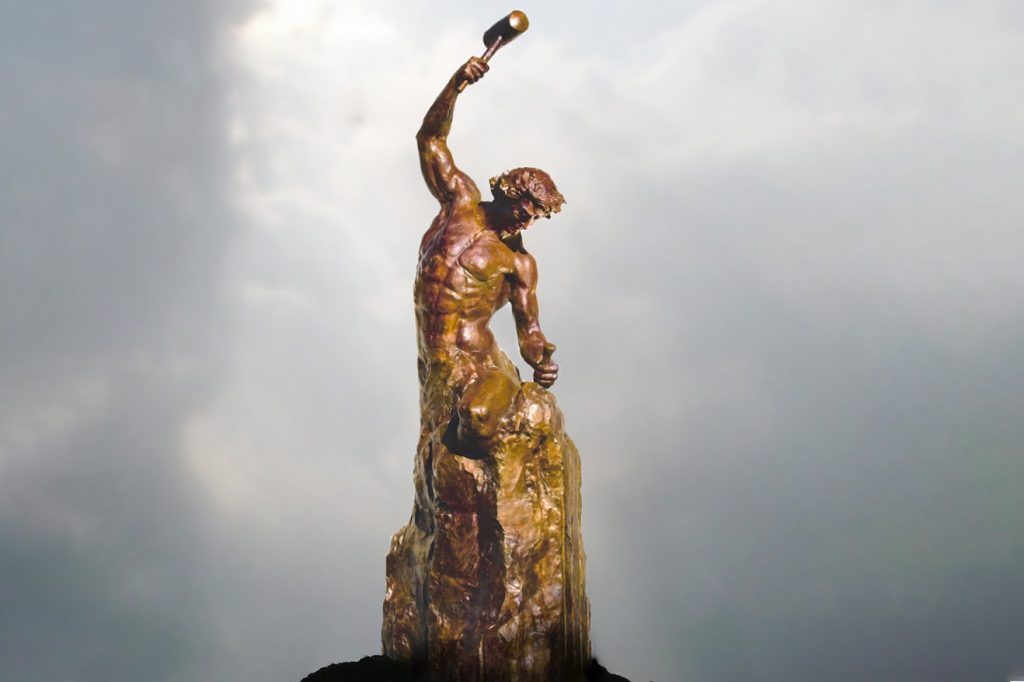The History of the Statue of Liberty: How the Iconic Monument Came to Be
The Statue of Liberty is one of the most iconic monuments in the world, standing as a symbol of freedom and democracy for millions of people around the globe. But how did this iconic monument come to be?
The Statue of Liberty was a gift from the people of France to the people of the United States, given to commemorate the centennial of the signing of the Declaration of Independence. The idea for the statue was first proposed by French historian Edouard de Laboulaye in 1865, who suggested that a monument be built to celebrate the friendship between the two countries.
The project was taken up by French sculptor Frederic Auguste Bartholdi, who designed the statue and oversaw its construction. The statue was made of copper sheets, which were hammered and assembled by hand. The statue was then shipped to the United States in crates and reassembled on Bedloe’s Island (now Liberty Island) in New York Harbor.
The Statue of Liberty was officially dedicated on October 28, 1886, in a ceremony attended by President Grover Cleveland and other dignitaries. The statue was a symbol of freedom and democracy, and it quickly became an iconic symbol of the United States.
Since its dedication, the Statue of Liberty has become a symbol of hope and freedom for millions of people around the world. It has been visited by millions of people, and it continues to be a powerful symbol of the United States and its commitment to freedom and democracy.
Exploring the Symbolism of the Statue of Liberty
The Statue of Liberty is one of the most iconic symbols of the United States of America. It stands tall in the New York Harbor, a beacon of hope and freedom for all who come to the country. The statue was a gift from France to the United States in 1886, and it has since become a symbol of the nation’s commitment to liberty and justice for all.
The Statue of Liberty is a representation of the Roman goddess Libertas, who was the goddess of freedom. The statue’s design is meant to evoke the idea of freedom and liberty, with its torch held high and its broken shackles at its feet. The seven spikes on the crown of the statue represent the seven seas and seven continents of the world, symbolizing the universality of freedom. The tablet in the statue’s left hand is inscribed with the date of the American Declaration of Independence, July 4, 1776. This is meant to represent the nation’s commitment to freedom and democracy.
The Statue of Liberty is also a symbol of hope and opportunity for immigrants coming to the United States. The statue has become a symbol of the American Dream, representing the promise of a better life for those who come to the country. The statue has become a symbol of the nation’s commitment to welcoming immigrants and providing them with the opportunity to pursue their dreams.
The Statue of Liberty is a powerful symbol of freedom, hope, and opportunity. It stands tall in the New York Harbor, a reminder of the nation’s commitment to liberty and justice for all. It is a symbol of the American Dream, and a reminder of the nation’s commitment to welcoming immigrants and providing them with the opportunity to pursue their dreams.
The Impact of the Statue of Liberty on Immigration in the United States
The Statue of Liberty is one of the most iconic symbols of the United States, and it has had a profound impact on immigration in the country. The statue was a gift from France to the United States in 1886, and it was designed to represent the ideals of freedom and democracy. The statue has become a symbol of hope and opportunity for immigrants, and it has been a powerful symbol of the American Dream.
The Statue of Liberty has been a beacon of hope for immigrants since its dedication in 1886. The statue has become a symbol of the United States’ commitment to welcoming immigrants and providing them with the opportunity to pursue the American Dream. The statue has been a source of inspiration for generations of immigrants, and it has been a reminder of the promise of a better life in the United States.
The Statue of Liberty has also been a powerful symbol of the United States’ commitment to immigration. The statue has been a reminder of the country’s commitment to providing a safe and welcoming environment for immigrants. The statue has been a symbol of the United States’ commitment to providing immigrants with the opportunity to pursue their dreams and to become productive members of society.
The Statue of Liberty has also been a powerful symbol of the United States’ commitment to diversity. The statue has been a reminder of the country’s commitment to welcoming people from all backgrounds and cultures. The statue has been a symbol of the United States’ commitment to providing immigrants with the opportunity to pursue their dreams and to become productive members of society.
The Statue of Liberty has had a profound impact on immigration in the United States. The statue has been a symbol of hope and opportunity for immigrants, and it has been a reminder of the country’s commitment to providing a safe and welcoming environment for immigrants. The statue has also been a powerful symbol of the United States’ commitment to diversity and to providing immigrants with the opportunity to pursue their dreams and to become productive members of society.







